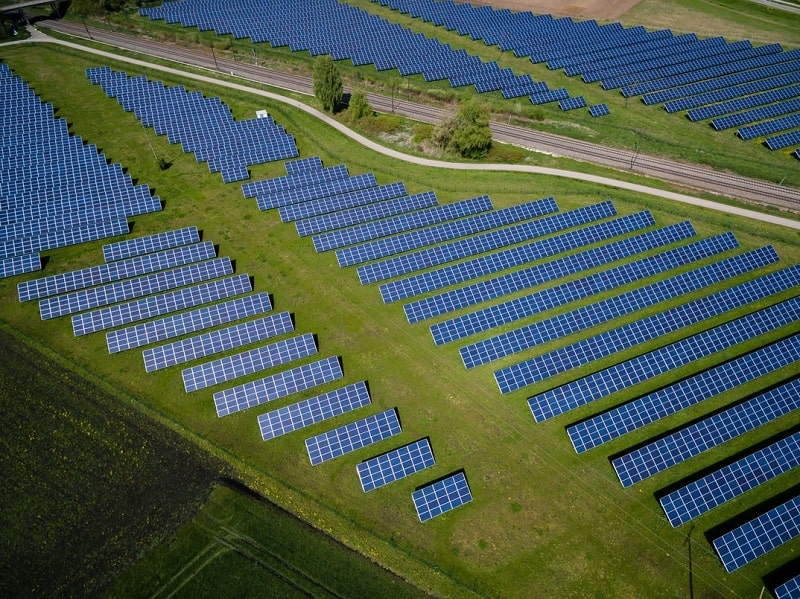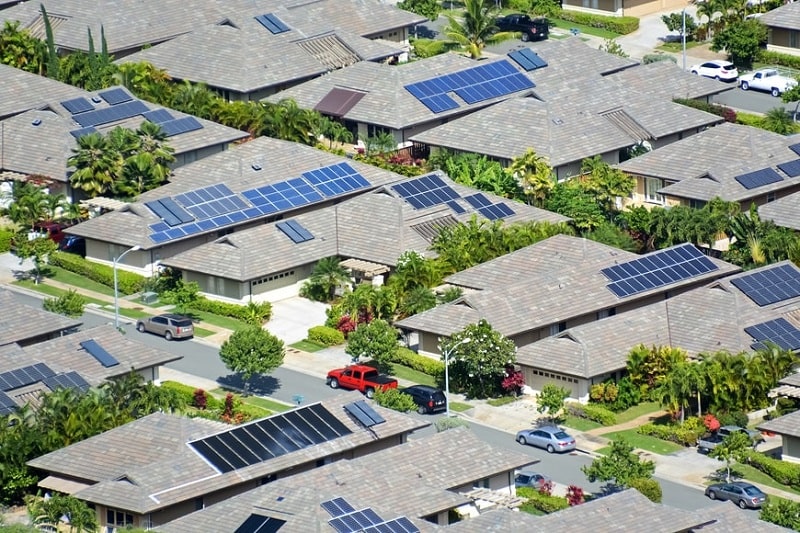Solar Energy Supply in Europe
After a "great performance" for the renewable energy source in 2021, the solar power sector is enjoying a boom. Despite the pandemic's failures, more solar panels were attached to Europe's electrical systems than ever before, with a 34 percent increase over the previous year. Solar power's business case has been bolstered by increased demand for clean energy from climate-conscious governments and rising energy prices from conventional sources, according to analysts.
Solar power in the EU "has once again proven a fantastic performance in 2021 despite unfavorable market conditions on multiple fronts," according to a study by Solar Power Europe. "As a result of this increase, 2021 was not just another record year for solar in the EU, but also the best year ever," says the study.
Germany has Europe's largest solar market and wants to grow it even more. Photovoltaic panels will be installed on every appropriate new roof, according to Berlin's new climate-friendly administration. It came after the Cop26 climate summit, which resulted in an agreement to enhance renewable energy generation to meet the 1.5°C global warming target.

Solar power contributes to around 13% of electricity generation in the EU. According to estimates from the European Commission, the cost of installing solar panels has decreased by 85% in the last decade. Some businesses, however, are difficult to link to solar panels, with ships and planes benefiting more from "green hydrogen" created indirectly from renewable sources. Green hydrogen will be at the center of the EU's climate ambitions, with the hope of outperforming dirtier fuels in the market by 2030. Analysts are pushing for more regulatory assistance from the EU, including rule changes that would make it simpler to secure licenses and install rooftop panels, as Brussels is due to reveal a new strategy for the solar power sector the following year. They suggested that instead of importing most of its solar panel manufacturing capacity from Asia, the EU should attempt to establish its manufacturing capability.
Belgium, Croatia, and the Czech Republic were among the countries advised to establish more ambitious renewable objectives, while the Netherlands was lauded for being Europe's top solar power consumption when the population was considered. "The EU's aim on renewable energy deployment must be boosted if it is to stay on pace to meet the 1.5°C Paris Agreement scenario," says the report.
According to research by independent climate think-tank Ember, the solar power supply in the European Union reached a new high in June and July 2021, accounting for 10% of total electricity produced in the area. According to the research, new records were reached in eight EU nations, including Spain and Germany, as the manufacturing and consumption of panels surged. "There are exciting green shoots in core solar economies where solar is going off," Ember analyst Charles Moore said. The total generation from solar panels trailed behind the region's coal-fired power supply, which was 14 percent in June and July 2021, according to the research.

The European Commission has suggested a reform of renewable energy standards, which determine how rapidly the union must grow its use of sources such as wind, solar, and biomass energy produced by burning wood pellets or chips, as part of a package of climate measures. It has set an intermediate goal for the EU to increase the percentage of renewable energy in final consumption to 40% by 2030, up from around 20% in 2019.
According to Ember statistics, Germany retained the greatest proportion of solar power generation in the region, increasing from 11.5 TWh to 13.4 TWh in the summer of 2021, accounting for 17 percent of total electricity produced in the nation. According to the statistics, Spain saw the fastest increase throughout the summer period, more than doubling from 3.1 TWh in 2018 to 6.4 TWh in 2021, accounting for 16 percent of total power produced in the country in 2021. The Netherlands grew the fastest over the last four years, nearly doubling solar panel output to 3.2 TWh from 1.1 TWh in 2018, increasing the country's overall electricity contribution from 10% to 17%. According to Charles, the significant growth in electricity generation in both countries was a "reflection" of ambitious legislation. According to the statistics, Italy was the third greatest producer of solar energy in 2021 but did not witness significant growth over the same period, going from 5.7 TWh to roughly 6 TWh.
Solar supply in the EU-27 increased by an average of 14 TWh per year in 2019 and 2020 and was predicted to increase by the same amount in 2021, according to the analysis, but will need to more than quadruple to 30 TWh per year to reach 2030 climate objectives.
